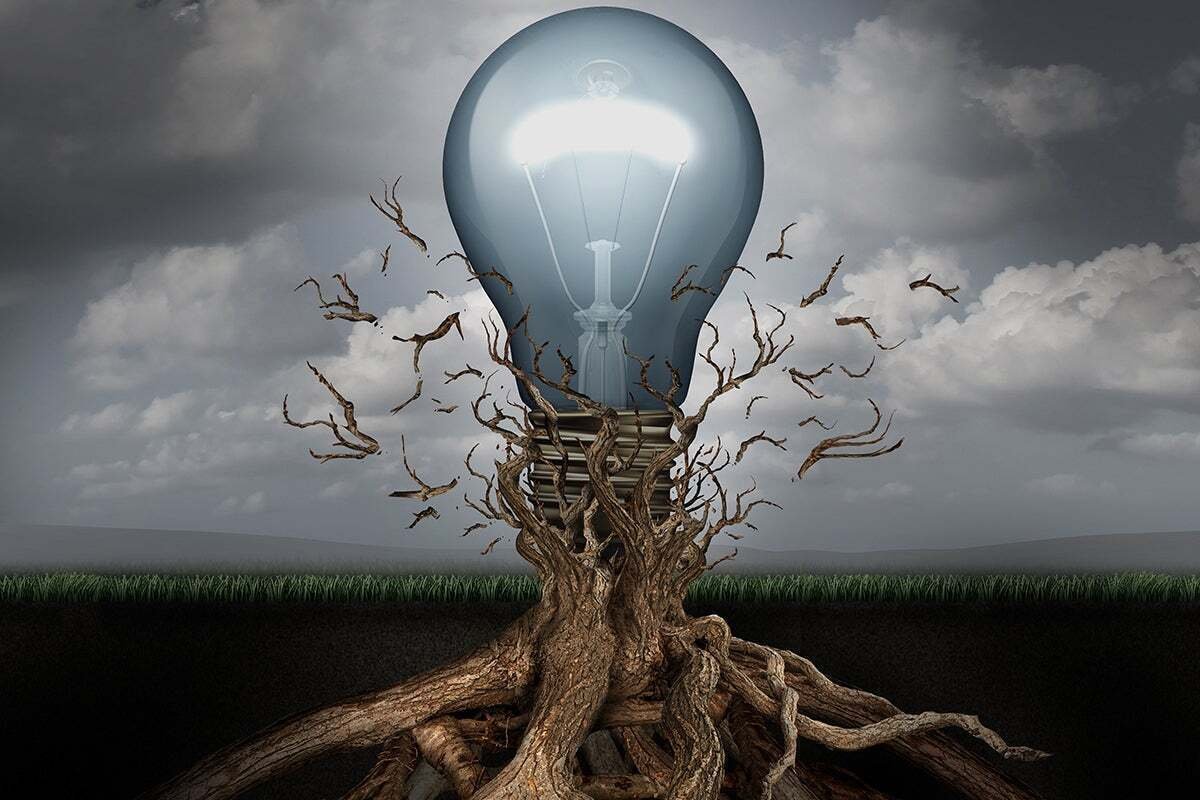
As 2023 approaches, I hear a lot about what companies will announce at the upcoming Consumer Electronics Show (CES). An argument that stuck with me has a chance to own the show in terms of innovation, and since CES is the first big tech event of the year, that would make this company an innovation leader for the new year. .
But innovation carries risks. And while this company isn't afraid of risk, many are, making the path to innovation problematic.
Let's reflect on the yin and yang of innovation versus execution, and why execution and failure tolerance are essential for true innovation.
Winning the world of smartphones
One of the seemingly most innovative products of this century is Apple's iPhone, which arrived in 2007. But some five years earlier, Phillips had come up with a similar concept; a year earlier, LG had launched a similar product; and Microsoft (a client of the author) and Palm had working groups on products similar to the iPhone.
But Apple executed first.
I doubt many people even know about the roles played by the other companies, as none of them were successful. Phillips was too technologically advanced (it had prototypes with roll-up displays), the CEOs of Microsoft and Palm abandoned their efforts because they thought smartphones were only for business, and LG's execution was so bad that its Prada phone failed. (Eventually, LG abandoned smartphones entirely.)
What mattered was who was executing to the point that the market could see the benefits of the innovation and accept it.
Take risks
I met Ford's CEO at CES a few years ago, my first and last meeting with this automaker. Some companies prefer analysts who talk; most seem to like those who support decisions already made. I'm the old type of analyst. In the meeting, I insisted that Ford needed to learn quickly from Tesla. Otherwise, Tesla would eclipse Ford, widely considered the father of the American auto industry, and the CEO would likely lose his job.
Other analysts in the room insulted me, said I didn't know what I was talking about, and praised Ford. These days, Elon Musk, not Ford, is Tesla's biggest problem, and that Ford CEO is long gone. Ford struggles to compete with even a few compelling products (the Ford F-150 Lightning and Mustang Mach-E) because he doesn't really understand why Tesla succeeded. (Note: It's fascinating to see Musk do more damage to Tesla than any automaker in existence.)
Another memorable moment from the meeting was when the now-deceased CEO said he had resolved the risk issue. He correctly pointed out that Ford had been intolerant of risk and learned to let executives take risks without losing their jobs if they failed. This is critical: if you embark on an innovation path that involves risk, then fire the risk takers, a competitor will innovate all around you, just like Tesla did.
Accepting risk is binary. You do or you don't. If you don't take risks with your most powerful product, it sends a message: C-suite executives don't tolerate risk, and as an employee, you would do well to avoid it. This makes innovation more difficult.
marketing moves
Innovation requires a significant marketing commitment. Humans don't like change, but there is no way to innovate without introducing change. You need to convince potential buyers that the benefits of switching are worth it. If you don't, you could have the best product and still fail in the marketplace. Take Microsoft Zune, for example. It was much more innovative than the iPod at the time. It was more robust, played video, allowed legal music sharing, and was available in color (everything the iPod later did).
But Microsoft didn't market those differences, the design was less appealing, the Zune required a subscription, and getting video to work was... problematic. Microsoft fixed runtime issues, made the Zune look better, made video work, and even made the subscription more appealing. But it cut marketing and even lost the fans it had.
Innovation needs both execution and marketing to make a difference, and the most innovative products have the highest execution and marketing needs. Tesla is popular because it hits a niche that other automakers haven't taken seriously, the environmentally conscious shopper. And its unique vehicle (and strong customer advocacy) has allowed it to take the lead in the market.
As the next wave of electric cars arrives and Tesla struggles with an absentee CEO, I expect it to fail unless it corrects its course.
Find the right balance
I often get annoyed when vendors start with "innovation" as a differentiator; instead, it should move to the background at runtime and be used only when existing tools and services cannot meet a need. Most people don't like to be different, so leading with a message of being different is often a mistake. Although innovation is a way to avoid competitors and win markets, it must be used to satisfy unmet needs. This requires high levels of execution and consistent, top-notch marketing.
That's what Apple did with the iPod and iPhone.
Tesla has shown that if you execute well enough, and the competitive void you fill is large enough, you can succeed, even without marketing. (Remember, Tesla had no other electric cars to compete with, even though the smartphone market was relatively mature when Apple shot it down.)
In the end, do you really want to innovate? If so, can you check all the boxes? If not, you might want to reconsider the path you're on.
Copyright © 2022 IDG Communications, Inc.